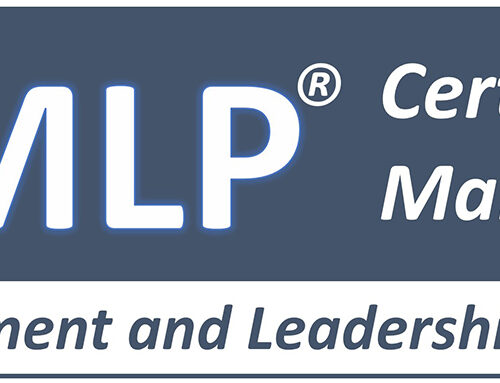All professionals, whether it be sales, finance, marketing, human resources, and yes, even IT, each have their own professional challenges, idiosyncrasies, terminology, performance criteria, and growth progression.
While executive coaching for mid-level and senior executives can be successfully performed by experienced executive coaches regardless of their professional background, having professional experience similar to the person being coached, provides additional opportunities to provide value.
For example, IT executive coaching provided by a former IT executive provides the opportunity, with the coachee’s agreement, to do the following:
1. Enhanced traditional question-based coaching discussions
Question-based coaching is the hallmark and a best practice of the traditional executive coaching process, where the coach asks questions, with the goal of assisting the coachee in gaining clarity of their current situation and a deeper understanding of themselves and others. This technique is what gives well trained coaches the ability to coach people of all vocations and organizational levels. The concept is that the coachee is the expert, not the coach.
However, if the coach and coachee share a similar professional background, then the questions asked by the coach can be more insightful and relevant, because the coach has a deeper understanding of the coachee’s professional challenges, terminology, and organizational micro-culture.
2. Acting as a sounding board and brainstorming partner
Traditional question-based coaching also allows the coach to act as a soundboard. That is to say, that the coachee describes how they would like to solve a problem or take advantage of an opportunity, and the coach then asks questions in a way that allows the coachee to better evaluate their own ideas and gain personal insights in the best way to proceed.
Here too, a coach with the similar professional background can delve deeper into profession-specific topics. For example, if an IT mid-level executive is trying to decide the best way to describe a proposed cloud-based architecture to the CIO for approval, the coach can also brainstorm with the coachee on the best approach, thus creating a more meaningful and productive conversation.
3. Advice-based mentoring
Mentoring can best be described as “the voice of experience”. In this case, the coach is not simply asking questions, the coach is also providing advice. This advice is the most relevant and accurate, when the coach has direct experience related to the advice being given. As the expression goes “Don’t judge a person until you have walked a mile in their shoes”. Certainly, a coach should never judge their client, but true empathy comes through personal experience. This experience greatly enhances the quality and relevance of the advice that can be provided.
4. One-on-one training
One-on-one training within a coaching context can come in many forms. It could simply be through storytelling, where the coach describes their experience in a way that provides insights to the coachee. It could be discussion-based on a specific skill, such as budgeting, delegation, conflict resolution, or other related business or technical topics. Lastly, it could be a more formalized “micro-training”, where the coach uses excerpts of classroom training materials on a specific topic.
This type of training is typically made available if the coach is also a trainer on the topic being provided. For example, if the coach teaches a class on “Leading with Authority”, then the coach could provide short training sessions on specific influence techniques that would assist the coachee in navigating a specific business challenge or opportunity.
If the coach’s professional experience is similar to the person being coached, then it will be easier for the coach to decide which influence techniques are most likely to work in a specific situation. For example, if the coachee is a VP of Application Development trying to roll out a new software application, then the coach could select the change-based influence techniques most likely to enhance user adoption.
5. Career counseling
If the coach has been a more senior IT executive than the coachee, that the coach is well positioned to provide experience-based career counseling. This counseling would, of course, initially be question-based to assure the coach understands the coachee’s professional aspirations, abilities, and challenges. Then, the coach could provide IT specific career alternatives based on their personal experience, understanding of the IT profession, and previous observations of their IT leaders, peers, and staff.
6. Personality assessments
Personality assessments, like Predictive Index, DiSC, Colors, Myers-Briggs, and others are great tools for people to gain a deeper understanding of themselves and those they work with. I strongly recommend them. People who are properly trained to provide and interpret these assessments can provide life-changing and professional-enhancing advice to their clients.
When these assessments are combined within a specific professional context, such as IT or other profession, the insights gained, and advice given, can be even more impactful.




